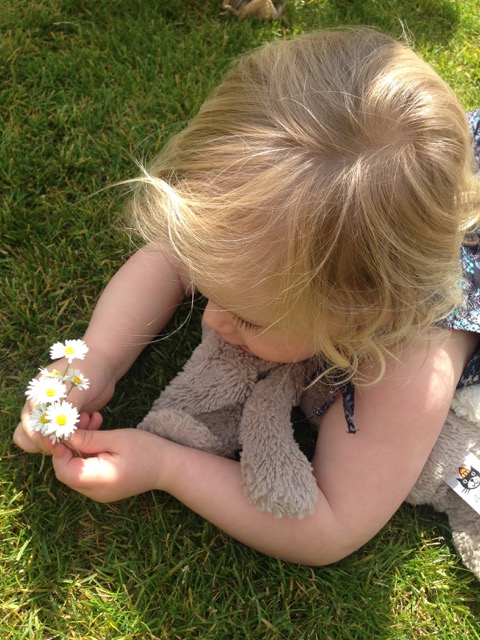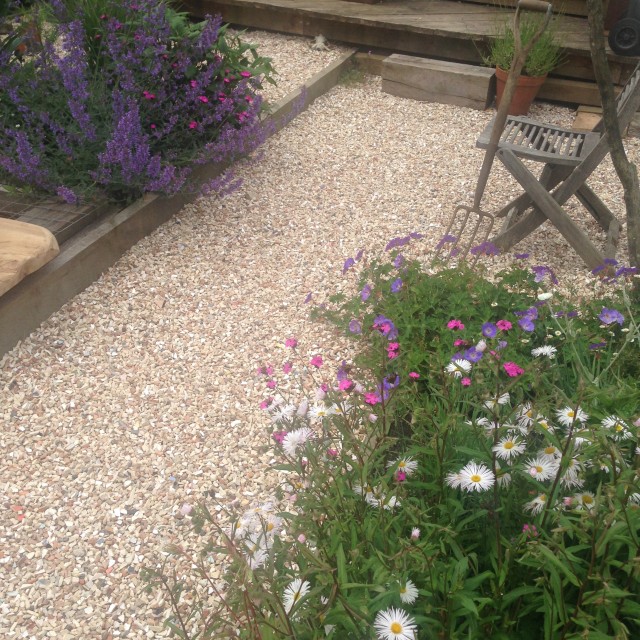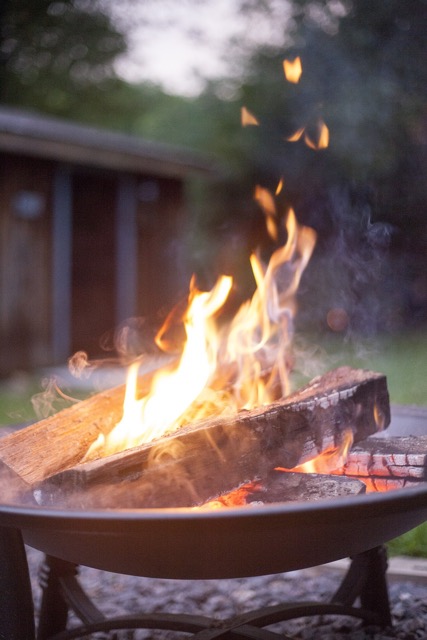June was the month when my garden seemed to explode into flower! While I was watching the beds become plumper and fuller through late May into Early June, the anticipation was almost unbearable…like we were all holding our breath waiting for the starting pistol in a 100m final! Then ‘POW’, and the borders were off!
And no sooner had the first buds burst, then they found themselves either in vases in the house, or de-petalled by the small one of the household! I’m not worried as there is plenty to go around, and plenty more to come.
Plant Names
At college we had test after test on plant names. I remember some of the particular ones we learnt: Ceratostigma plumbaginoides, Aster × frikartii ‘Mönch’, Rudbeckia fulgida var. deamii. It was like I was I was trying to learn a different language, and I suppose, in a way, I was! I found that translating the plant names helped me understand the plant, and therefore remember its name.
All plants are given a name based on binomial nomenclature, such as those plants I mentioned above. These are either a formal name personally given to the plant by Carl Linnaeus who introduced this system back in the 1750s, or is a formal name in the accepted nomenclature (based on international codes). Names are based on Latin, and are recognized internationally.So, wherever you go in the world, a Bellis perennis is a Bellis perennis!

Plant names, in particular the species name, gives us a clue about the plant. It may be descriptive of an aspect of the plant, such as alba (white), stellata (starlike) and quinata (five). It may relate to where it was found, for example sibirica, chilensis and hispanicus. It may be from its natural habitat such as sylvatica (woods), rivalis (streamside) or montanus (mountain). Or it may be named after a person such as a plant hunter, botanist or a key
person in horticulture: Rodgersia, Dahlia and darwinii. There are various books available if you are interested. If you are a geek like me!
Before Linneaus developed his system, plants were named in a descriptive manner, some of which got quite out of hand as more and more species were discovered. An Arbutus (strawberry tree) was ‘Arbutus caule erecto, foliis glabris serratis, baccis polyspermis’ (Arbutus with upright stems, hairless, saw-toothed leaves and many-seeded berries). If I had taken my plant ID tests back in the 1600s, well, lets face it, I would have failed!
Getting the Children Inspired
Children LOVE knowledge! They love to know what things are. So why not teach the names of some of the plants in your garden.
Your child might very young, like mine. At the tender age of 2, she loves to know what the wild plants on the verges are. Near our house, she still mourns the passing of the daffodils, and the wild garlic that took over the same space, and then the foxgloves that followed them! We discuss these every time we walk by this particular path edge!
If your child is older, they may be interested in finding out the meaning of some of the plants. Here are some for starters:
Daisy – this gets its name from Day’s Eye because the flower opens at dawn, and closes at dusk. Ever noticed it do this?

The word dandelion comes from the French “dent de lion” meaning “lion’s tooth” referring to its leaves that look like, well… a lions tooth!
Sunflowers are not so-called because they look like suns- there are many plants that have this similarity. They are so-called because when they are buds, they actually follow the sun as it tracks across the sky through the day. Show your children. They will love this.
Accessory of the Month
This month it is time to take a step back and enjoy the long evenings with a Pimms and some crisps and dip! Create some ambiance with an outdoor fire.
Outdoor fires are great. They remind me of camping trips – without the hassle of actually camping! I find we stay outside for longer when we have the fire going. Don’t forget to involve the children by toasting a marshmallow or three. And do teach them how to be safe around a fire.
There are fire pits and buckets for every budget at the local garden centers. Local forges can make you a bespoke fire bowl, and prices can be quite reasonable considering it is hand-made by a skilled smithy. You may create something yourself. I can’t possibly suggest what from for various health and safety reasons, but there are many ideas to be found online. You can buy local seasoned wood in many farm shops or shops that supply local produce.
Why not use your fire pit to cook on. Simply add a metal grid and source some local charcoal. Locally made charcoal is clean, was made without chemicals, and cooks a fine fare.
Some Garden Tasks for July

Spring Bulbs: Order your catalogues and start choosing what you want for next year’s spring interest. We start planting anytime from October (daffs) to November (tulips) so we need time to plan.
Feed the Grass: If your lawn is anything like mine, it will be a touch on the yellow end of the green spectrum. Now is the time to give it some quick acting summer feed.
Deadhead and Cut Back: To encourage more flowers or a second flush, cutting back works on some of our garden plants. Cut back penstemons to just above a bud for more flowers; prune lupins; and hardy salvias, hardy geraniums and delphiniums can be cut back for a second flush of foliage and flower.
Wisteria: Cut back all the wispy side shoots to about 5 leaves from the main stem.
Plant: Autumn flowering bulbs e.g. nerines and autumn crocuses, can be planted now.
Weeds: Have you checked under your garden plants? The ones you missed last month are underneath, growing, and getting ready to flower and set seed before you know it!
Wilt: Check for clematis wilt. Cut and dispose of infected material. Not in your compost…
And finally…
Sit Back and Enjoy: Yup, its time to enjoy the garden you have worked so hard at. Ok, so there is no room for complacency, there are jobs to be done. But for now, take a seat, get yourself some vitamin Ds and relish in your gardening glory for a while.
